When our homes become taken over by rolls of wrapping paper, mince pies and fairy lights it can only mean one thing. Moths may not be the first animal that springs to mind at this time of year but read on for our round up of the most Christmassy species...
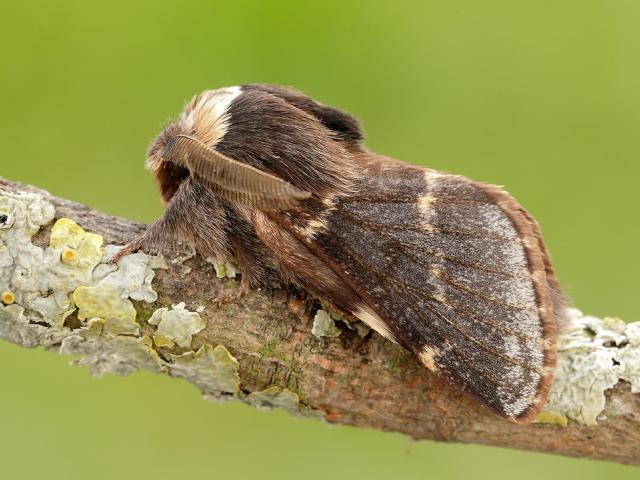
December Moth
One of the only moths that might be on the wing on Christmas Eve, the December Moth is more resistant to cold weather than many other species. They look well wrapped up against the elements with their fluffy 'mane'. The males are smaller than the females but what they lack in size they make up for in appearance, with impressive feathered antennae.
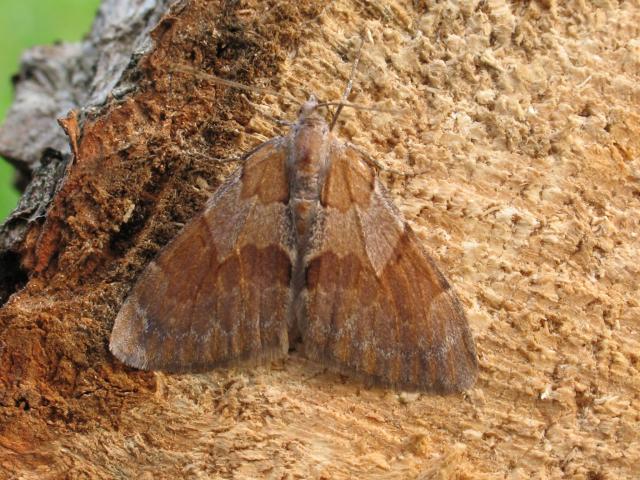
Pine Carpet
This sandy-brown moth takes on the colouring of the trunk of a pine tree but its caterpillar is the dark green of the pine needles. It is found in summer and autumn throughout Britain wherever its foodplant, Scots Pine, occurs. According to ancient folklore Druids lit bonfires of Scots Pine at the winter solstice to celebrate the passing of the seasons. Glades of Scots Pines were also decorated with lights and shiny objects, giving rise to our modern day Christmas tree.
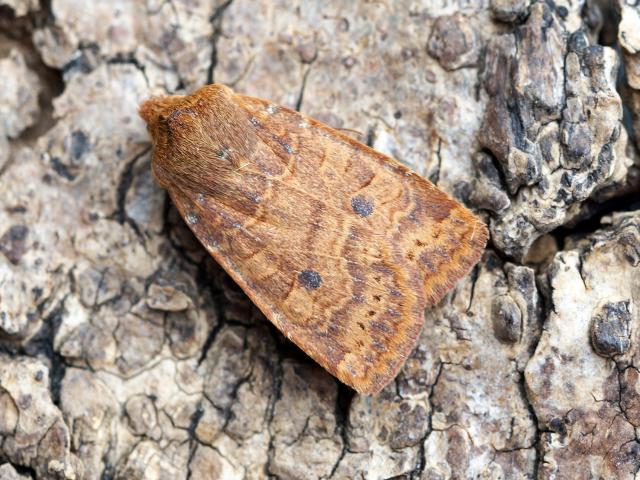
Chestnut
The Chestnut moth usually shares the same colour as the traditional Christmas snack of the same name but can vary from light to dark orange brown and is sometimes quite marbled in appearance. The name of this species is actually a reference to the Sweet Chestnut leaves that its caterpillar will feed on in spring.
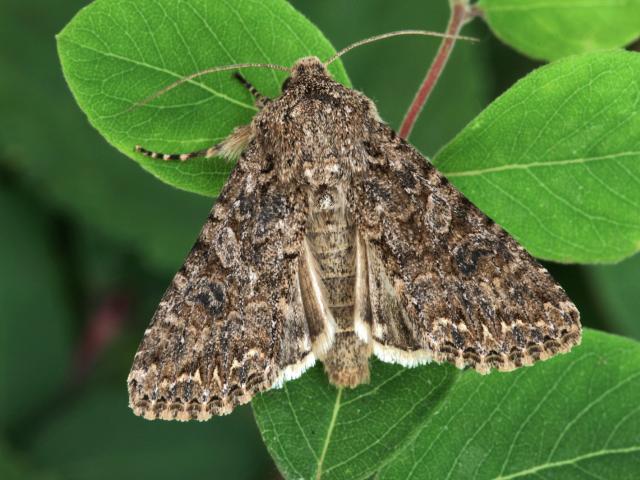
Nutmeg
This species is not as exotic as the festive spice. A native to the UK that can be found in gardens, waste-ground and most other open spaces through spring and summer. The easiest way to distinguish this moth from others with a similar appearance is its hairy eyes but you will need a magnifying glass to see them.
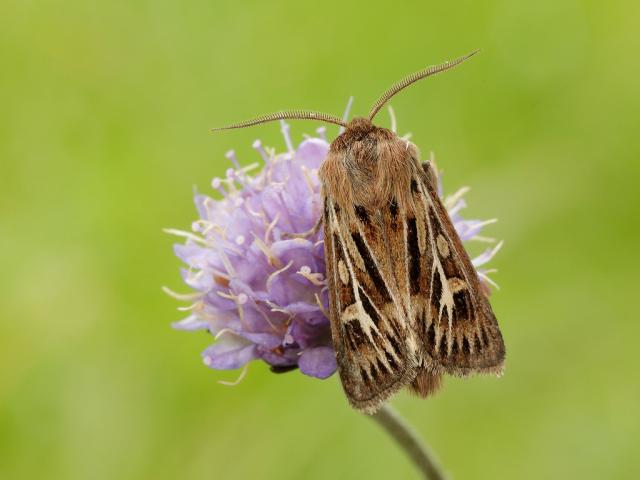
Antler Moth
The Antler Moth’s name comes from the distinctive cream markings on its wings, that resemble Rudolph’s headgear. Grassland is the main habitat of the species. The adult moths feed on nectar from thistle and ragwort but the caterpillars graze on grasses just as happily as Father Christmas’ reindeer.
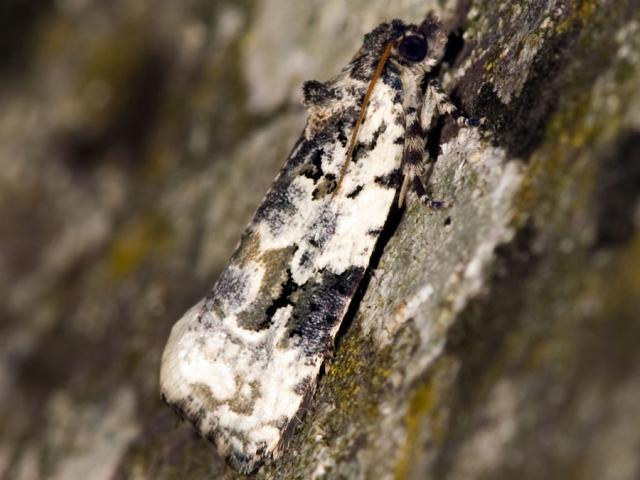
Mistletoe Marble
The English name for this micro-moth comes from its caterpillar foodplant - Mistletoe. In Britain the commonest host for Mistletoe is apple trees. The dramatic decline in the number of traditional orchards has impacted on the population of this little moth. Orchard conservation is vital to protect known and potential sites for the species.
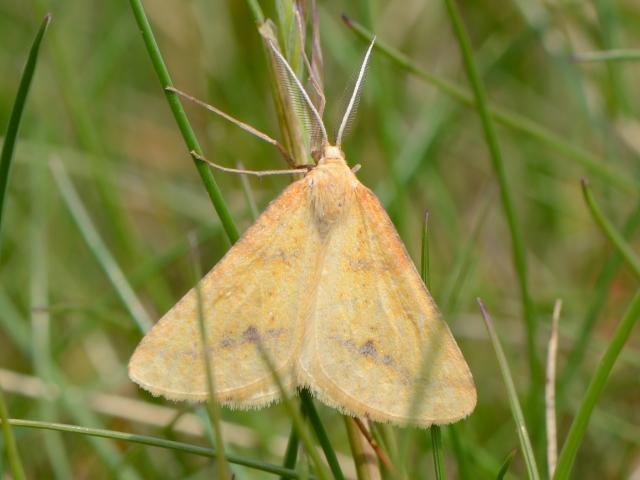
Yellow Belle
This pale yellow bell-shaped moth won’t be ringing out for Christmas as it prefers to fly in the warmest months of the year. Mainly found on the southern coast of England and Wales and frequent inhabitants of sand dunes and shingle, the Yellow Belle spends the winter as a caterpillar and will curl up if alarmed.
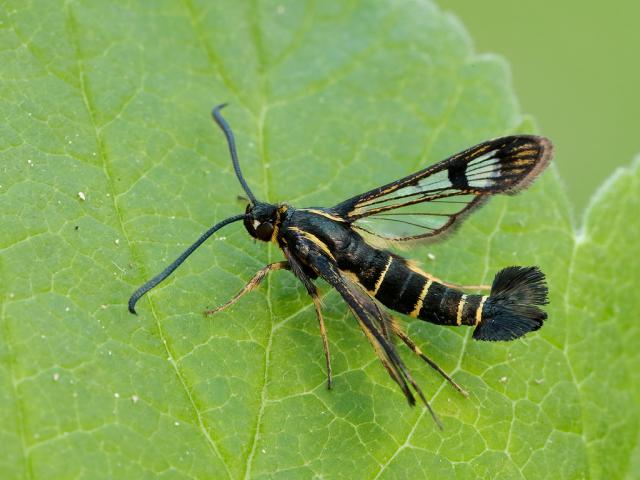
Currant Clearwing
The Currant Clearwing caterpillar burrows inside the stems of Black and Red currant bushes and eats the pith inside. They remain dormant inside the stems throughout winter before pupating and burrowing out as adults. The adult moths are daytime fliers, commonly found in gardens and allotments between May and July. You can rest assured that this species has no impact on the availability of Christmas cake as the sweet dried fruits used for baking are not currants but actually a variety of grape.
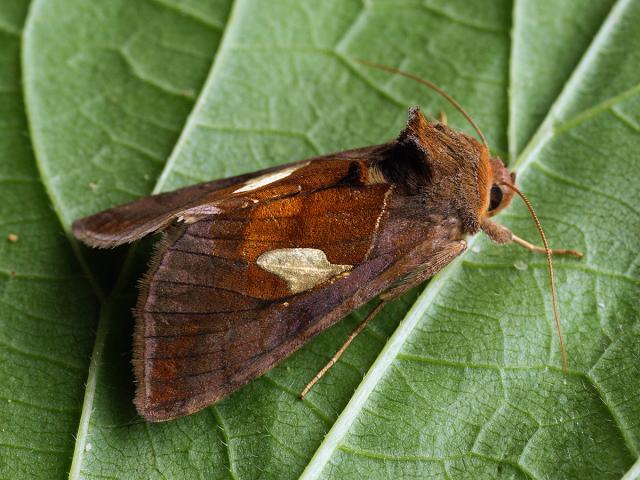
Gold Spangle
This northern moth really does dress for the occasion with a distinctive shiny golden mark on the each forewing. It won't be coming to your Christmas party though as this species spends the winter as a rather ordinary green and white-striped caterpillar - preferring to save its glamour for the summer months.
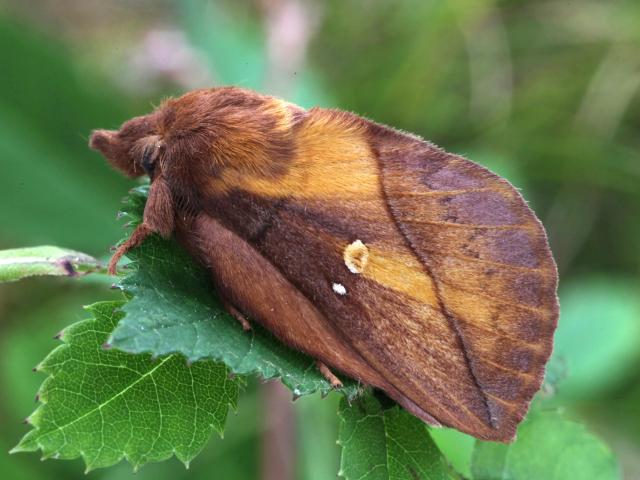
Drinker
If you are planning on having a few glasses of mulled wine to celebrate the season, you might be able to avoid a hangover by taking a tip from the Drinker moth and keeping your fluid levels up. This species has acquired its name from the caterpillar’s habit of drinking dew from grass stems.
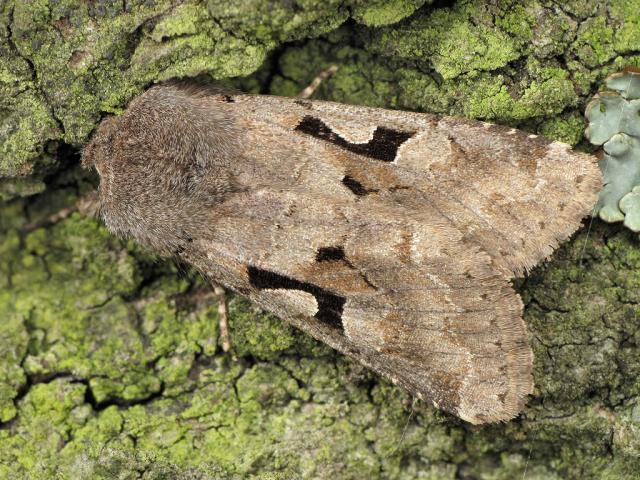
Hebrew Character
The Nativity story recounts the birth of a very well-known Hebrew character. This springtime moth isn't known for performing miracles, but it is very common across the UK and can be found in any habitat due to its wide-ranging taste in foodplants. The wings feature a black mark shaped like the Hebrew letter Nun (נ)
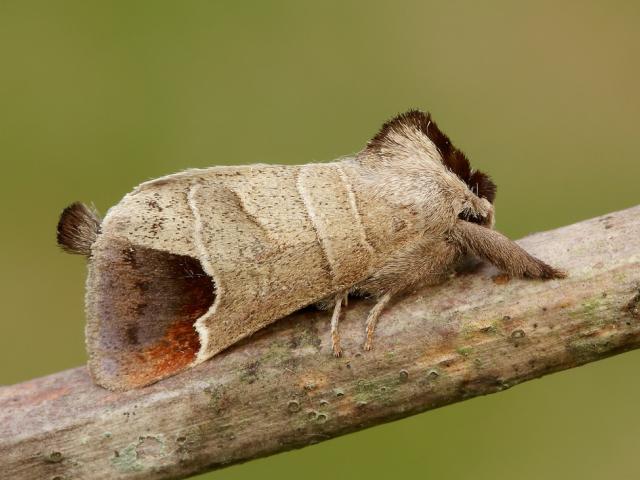
Chocolate-tip
This tasty sounding moth is a master of disguise. It cleverly becomes part of a tree branch when at rest. Although the tips of its wings do appear to have been dipped in chocolate, we hope you find a chocolate orange rather than a chocolate moth in your stocking this year.
While it is the season of goodwill, please don’t forget how magical moths are. You can make a donation this Christmas and contribute to conservation work that will stop struggling species from going extinct in 2017.
Merry Christmas!
Catrin Hollingum
Senior Media Officer


